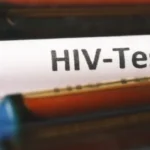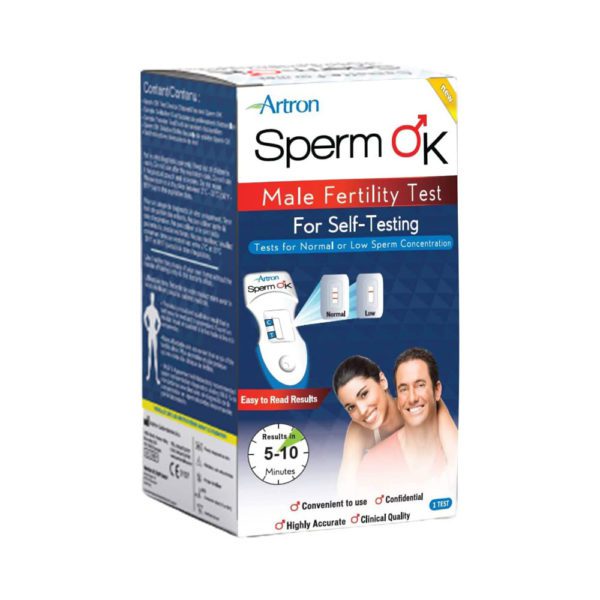With how the COVID-19 pandemic has upended everyone’s lives in unimaginable ways, don’t you wonder when and how this global health crisis will ultimately come to an end?
While the distribution of vaccines has provided a glimmer of hope, the road to recovery remains uncertain.
Current COVID-19 situation
The current COVID-19 situation continues to pose significant challenges and requires ongoing attention and vigilance. The pandemic has had a profound impact on the world, causing over 6.86 million deaths worldwide and disrupting communities and economies.
In May 2023, reports still show around 400,000 new cases and over 2,000 deaths each week globally. There are approximately 26 major variants of COVID-19 in circulation, with the Omicron variant being highly transmissible.
To transition from the pandemic phase to the endemic phase, where the virus is present but under control, taking necessary precautions should still be practiced.
Don’t assume the pandemic is over just because you have resumed your pre-pandemic lifestyle. Stay informed about emerging variants and developments in the pandemic, and continue to make necessary precautions, such as:
- Wearing masks
- Maintaining social distancing
- Receiving vaccine boosters
While COVID-19 may continue to exist through occasional outbreaks and new variants, it’s expected to shift into the endemic phase with effective management. The end of the pandemic will require ongoing efforts to monitor and manage the virus, widespread vaccination and the implementation of public health measures.
How vaccinations impact the end of COVID-19
The fight against COVID-19 shifted once the vaccines were rolled out. These helped in:
- Protecting against severe illnesses
- Preventing hospitalization
- Reducing transmission rates
COVID-19 vaccine booster shots
Aside from the vaccine itself, COVID-19 vaccine booster shots also help in shaping the trajectory towards the end of the pandemic. As new variants of the virus continue to emerge, booster shots contribute to achieving population immunity by maintaining the effectiveness of existing vaccines and providing additional protection against these variants.
How will COVID-19 end?
Different factors contribute to how COVID-19 will end, including the number of people receiving the COVID-19 vaccine and the duration of vaccine-induced immunity.
The vaccination rate helps in controlling the spread of the virus and reducing the severity of infections, while the length of immunity provided by the vaccine will determine the level of protection against future outbreaks and the virus’s potential transition to an endemic phase.
The number of people who receive the COVID-19 vaccine
By receiving the COVID-19 vaccine, you not only protect yourself but also contribute to the collective effort of serving others.
The more people who choose to get vaccinated, the closer we come to achieving herd immunity, where a significant portion of the population is immune to the disease. This not only reduces the spread of the virus but also protects vulnerable populations who may not be able to receive the vaccine.
That said, everyone should understand the importance of vaccination and make informed decisions to protect their health and the well-being of others.

How long immunity from vaccine will last
Currently, research suggests that the immunity provided by the COVID-19 vaccine lasts for a significant period.
However, the exact duration of immunity is still being studied and may vary among individuals. Preliminary data indicates that the immunity from the vaccine can last for several months to a year, but further research is needed to establish its long-term effectiveness.
It’s also possible that booster shots may be required to maintain immunity against new variants of the virus.
As you continue to learn more about COVID-19 and its vaccines, remember to follow public health guidelines and receive any recommended booster shots to protect yourself and others.
When will life get back to “normal”?
Life is expected to gradually return to a sense of normalcy as the COVID-19 pandemic transitions into the endemic phase. While the exact timeline for this transition is uncertain, it’s crucial to understand that the process will be gradual and require ongoing vigilance.
The pandemic will end when COVID-19 becomes a manageable virus that is consistently present within the community but doesn’t overwhelm healthcare systems, similar to the flu.
As time passes by, the virus may continue to exist through occasional outbreaks and the emergence of new variants. Until then, remain informed about emerging variants and developments in the pandemic.
What to do until the COVID pandemic is clearly behind us?
Until the COVID-19 pandemic is definitively over, remain proactive and adhere to necessary precautions to protect ourselves and others. While you may be eager to return to your pre-pandemic lifestyles, keep in mind that the virus is still present and can pose a risk to your health and the health of those around you.
In the meantime, continue practicing necessary precautions, such as:
- Wearing masks in crowded places
- Maintaining social distancing
- Staying updated on vaccine recommendations and booster shots
- Practicing good hygiene
- Avoiding close contact with those who are sick
Boosting your immune system also helps. Maintain a healthy lifestyle by:
- Maintaining proper nutrition
- Exercising
- Managing stress
Key takeaway
Due to the emergence of new variants, there’s no telling when COVID-19 will end.
To end the pandemic, its status should transition to “endemic.” COVID-19 may continue to exist through occasional outbreaks and new variants, which requires ongoing efforts to monitor and manage the virus.
Until then, continue practicing safety precautions against the virus.




















































